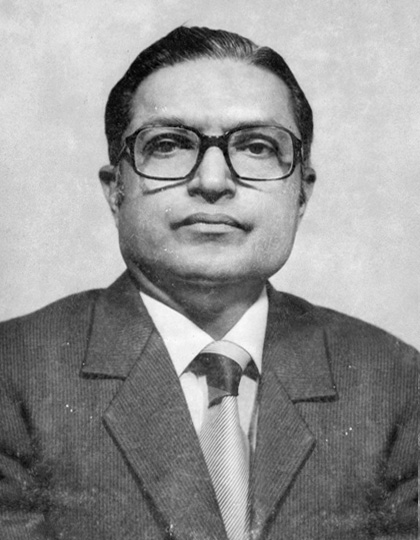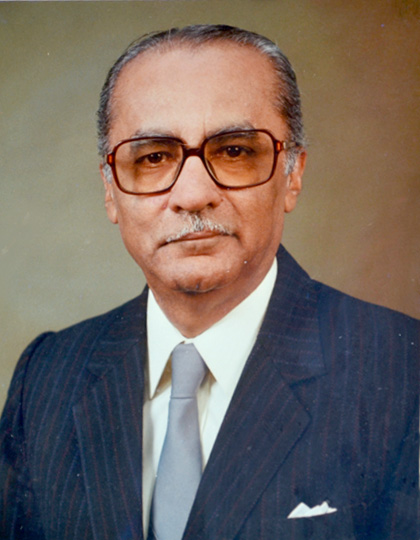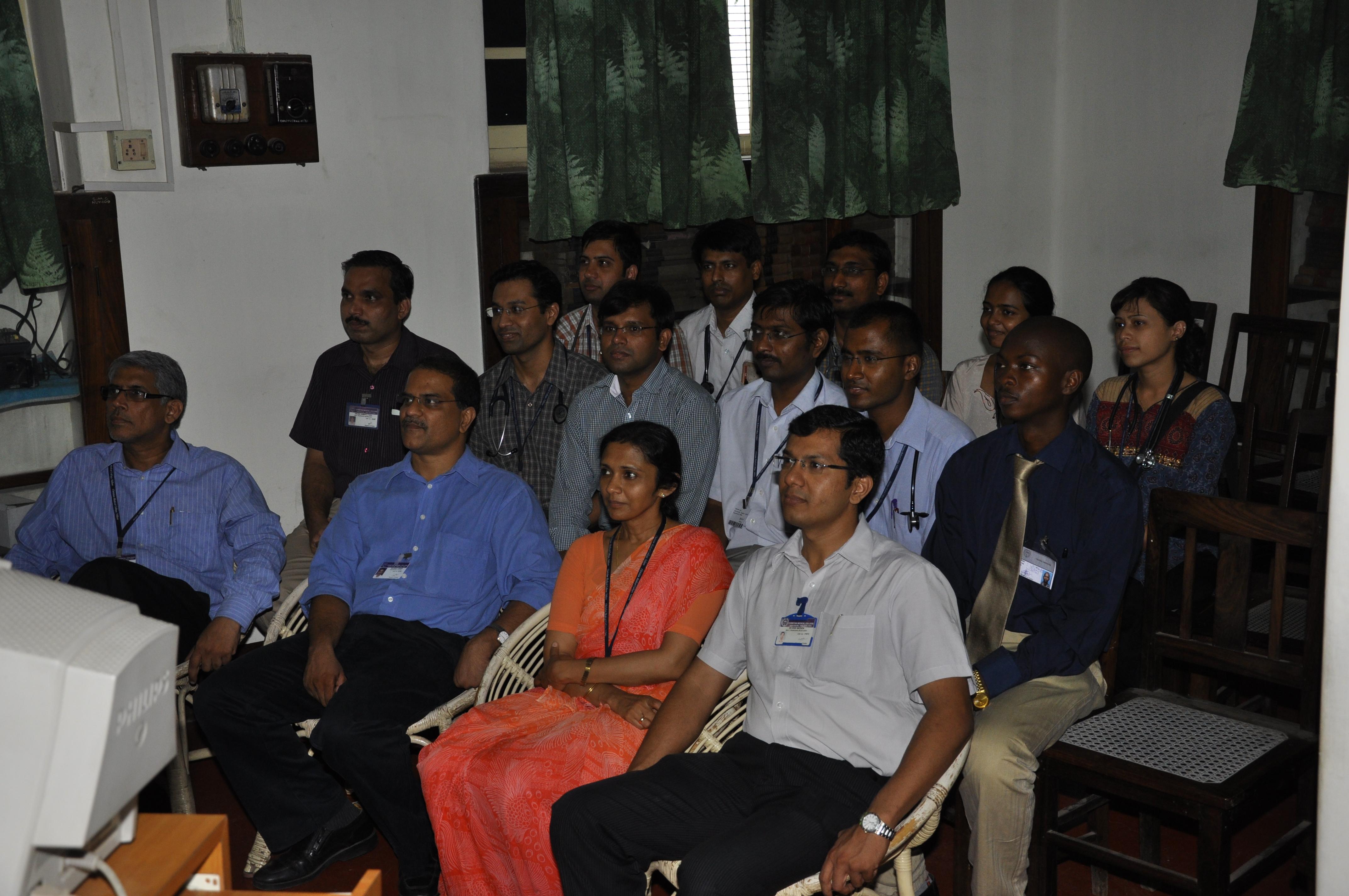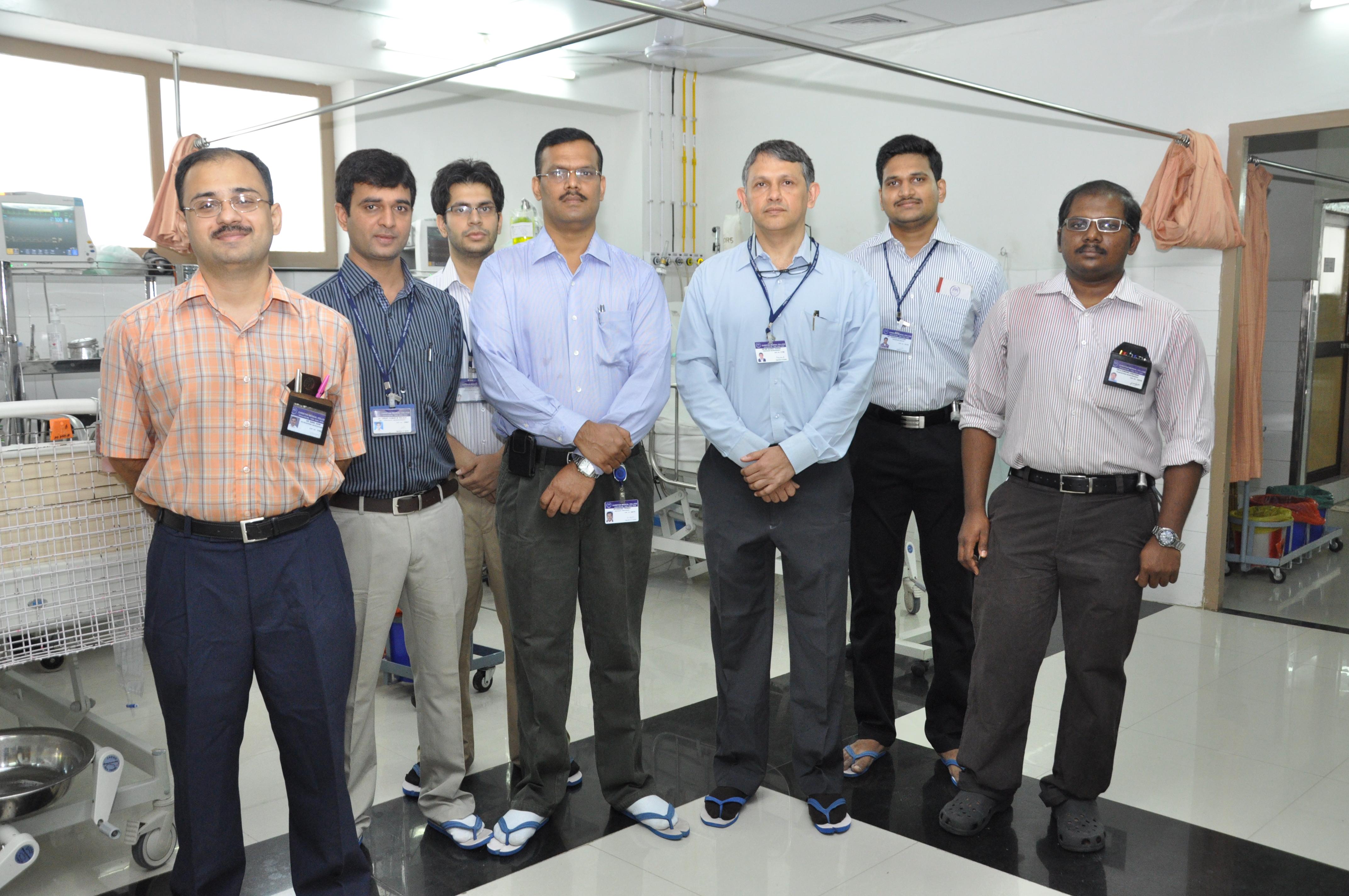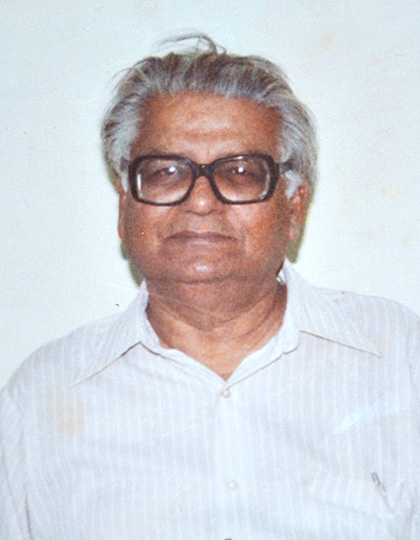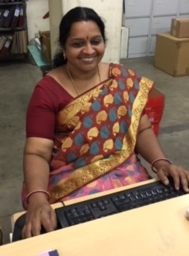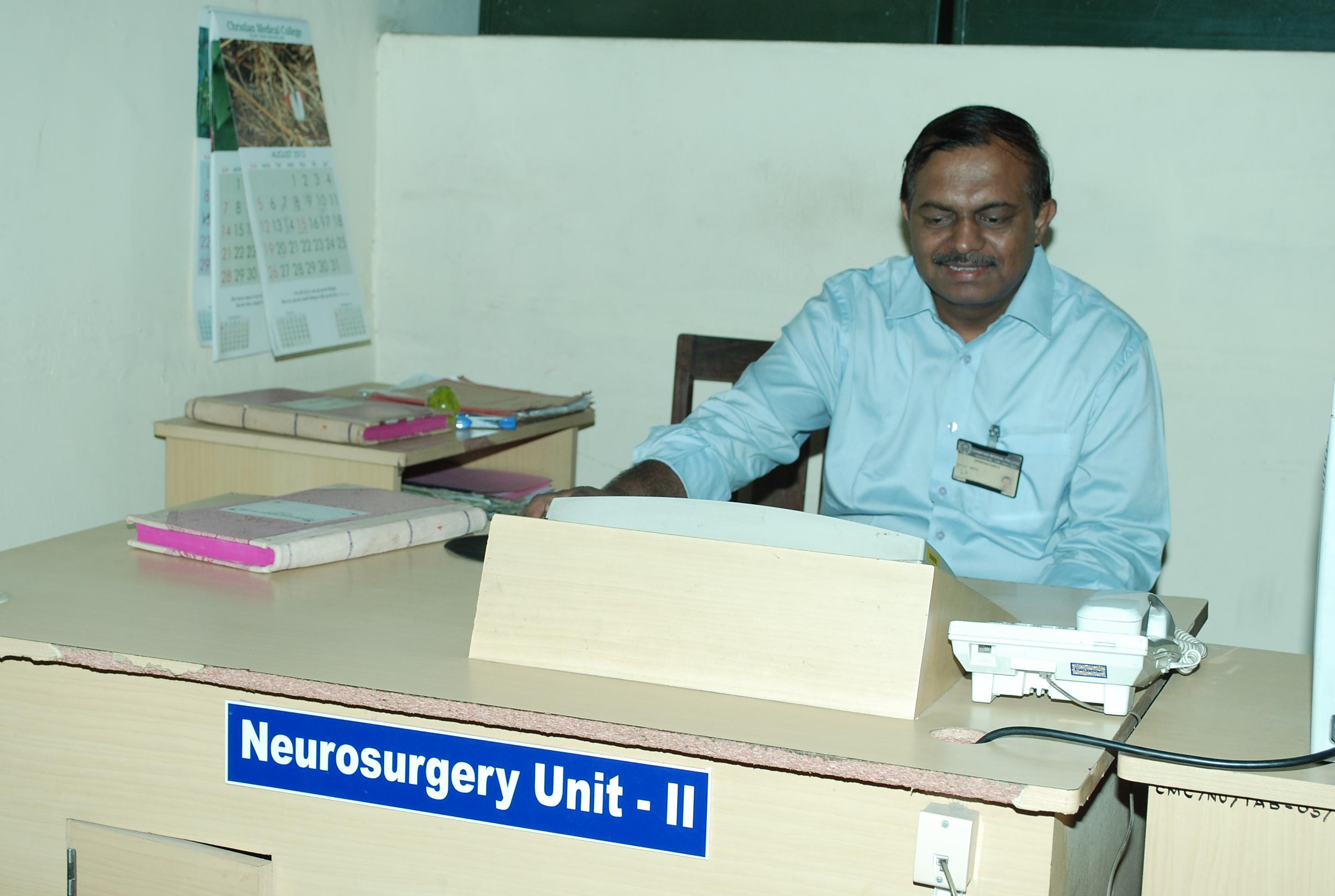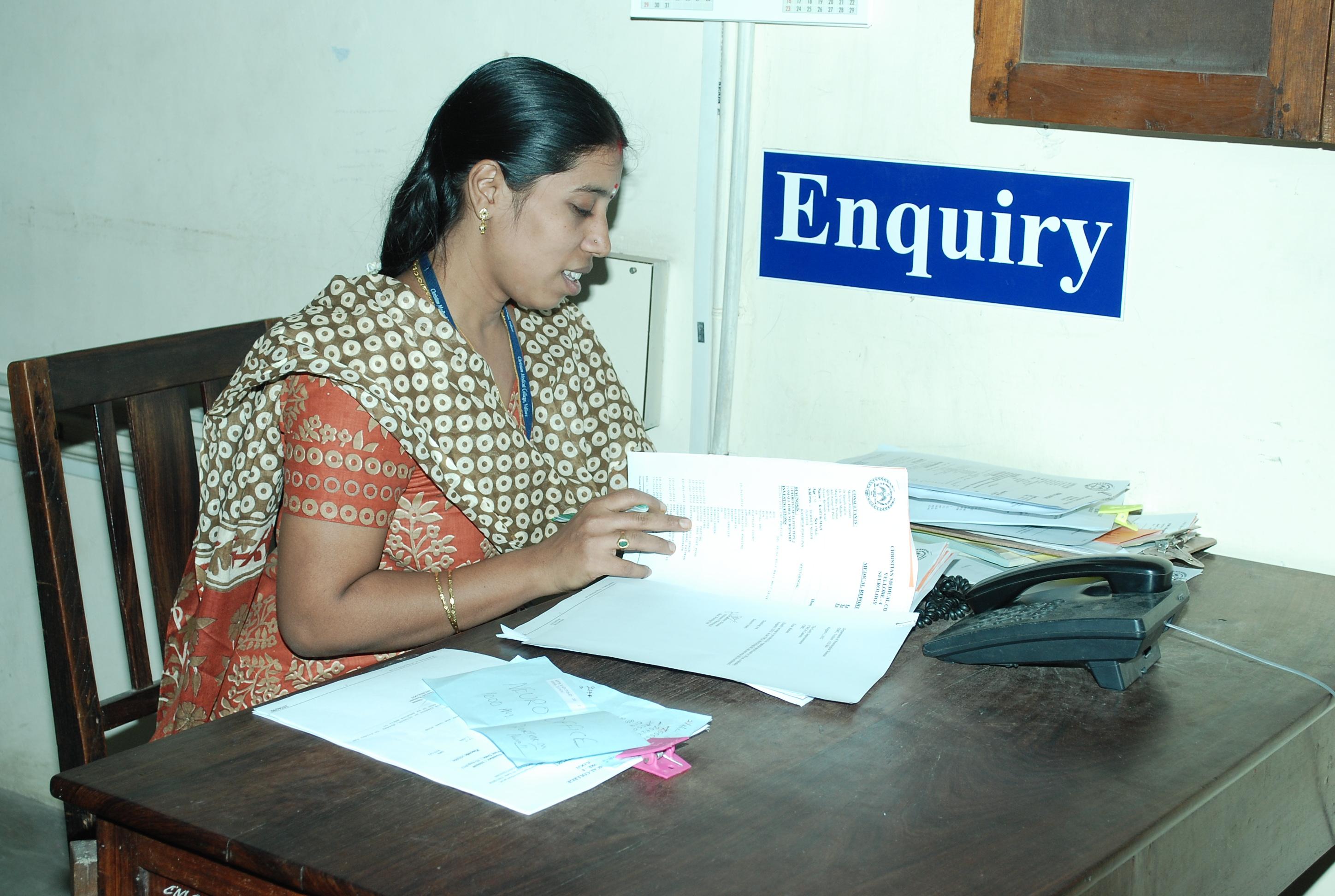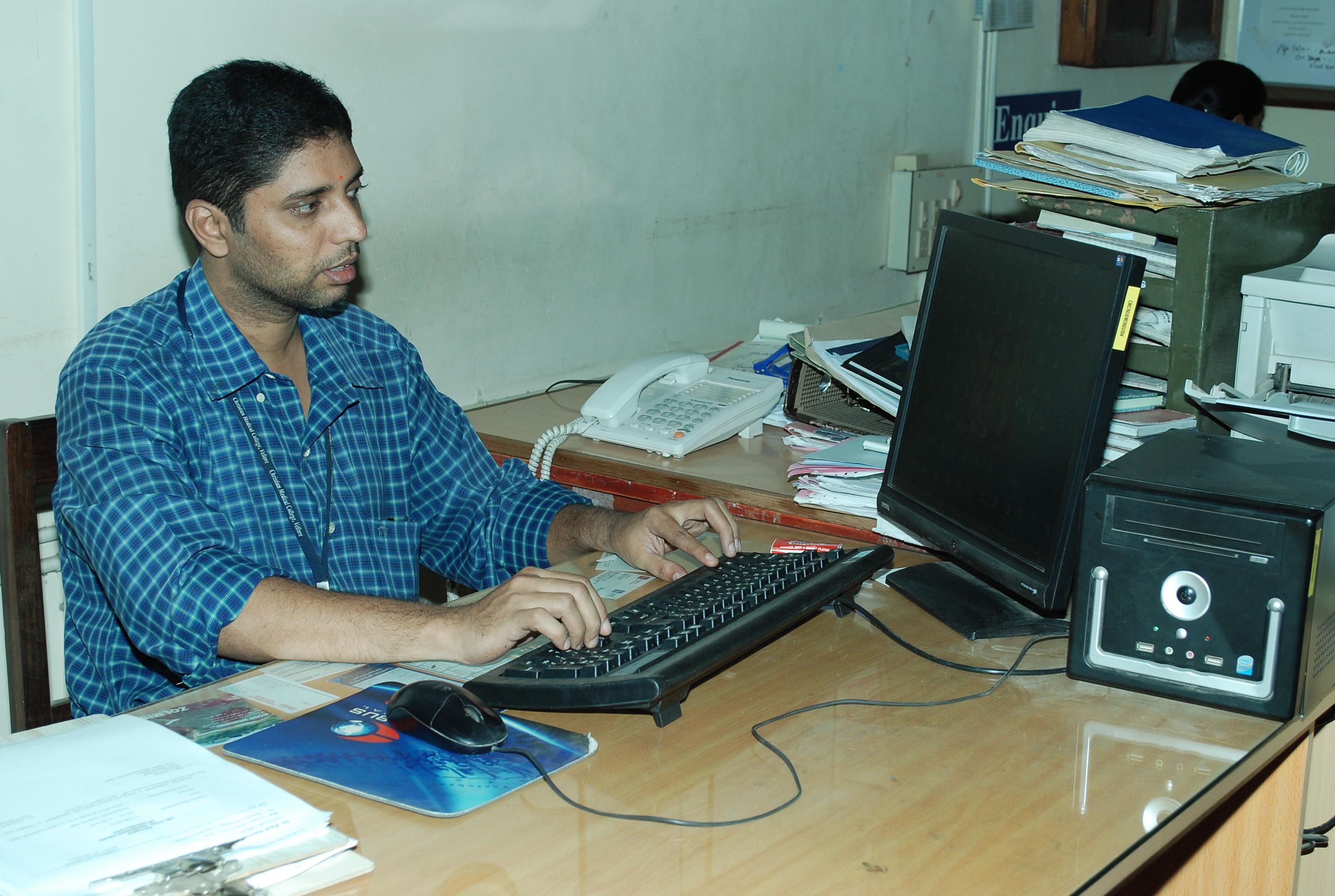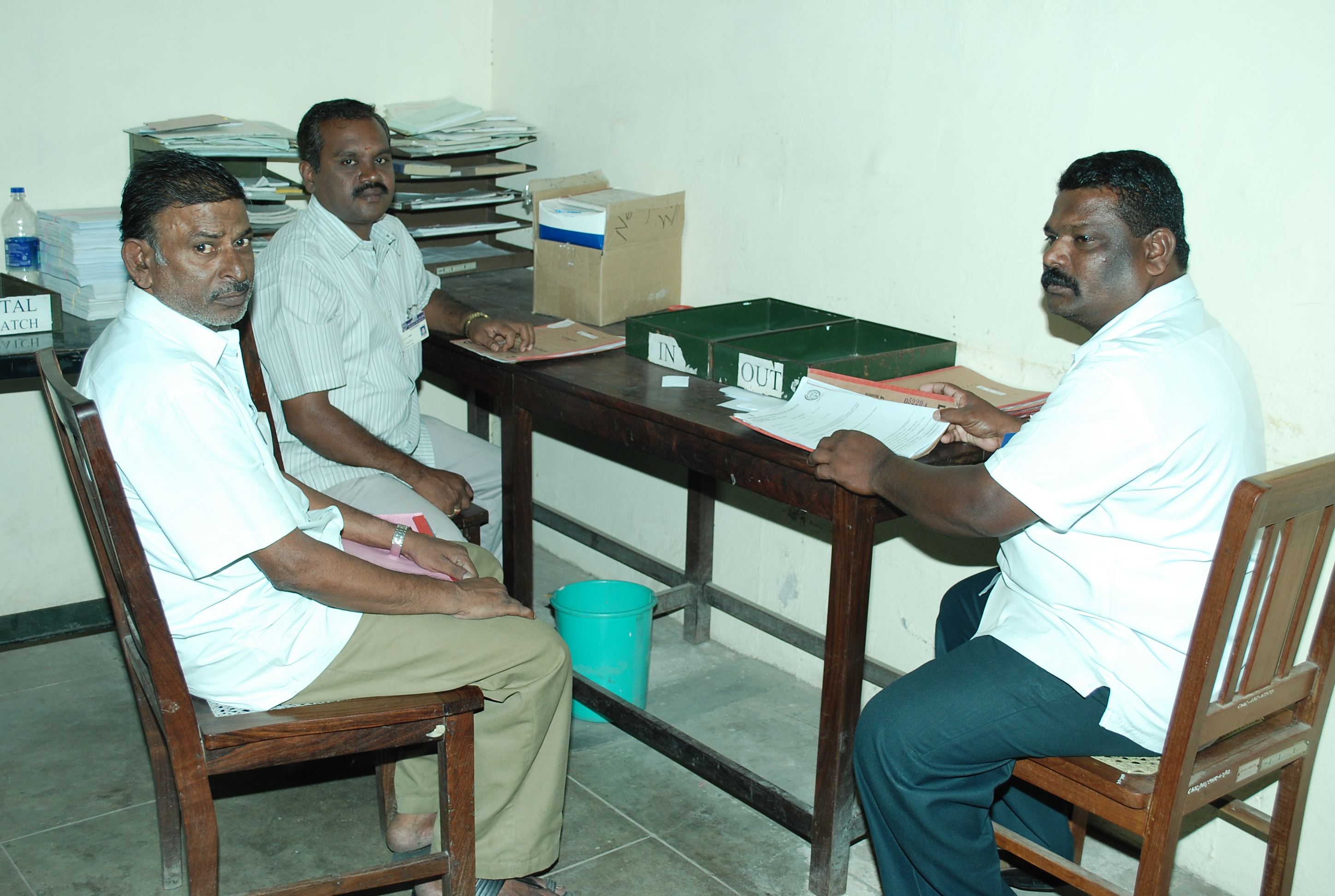

 HISTORY OF THE DEPARTMENT
HISTORY OF THE DEPARTMENT 

The year 1999 was observed as the Golden Jubilee Year of the Department. The Department of Neurological Sciences started to function in early 1949 under the leadership of Dr. Jacob Chandy who then had the vision to develop the neural sciences as an integration of the clinical and the basic sciences, for the first time in India. This resulted in establishing a department with Neurology, Neurosurgery, Neurochemisty, Neurophysiology, Neuroanatomy and Neuropathology literally being under one roof.
From a limited beginning, the department has grown into a modern multidisciplinary operation. Approximately 40,000 out-patients and 3000 in-patients are served annually.
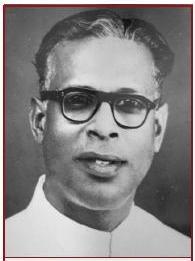
Clinical research in the 1950s was in epilepsy of childhood, aspects of cerebrovascular disease, the study of viral encephalitis, the behaviour of intracranial tumours, etc. One of the initial diagnostic-oriented research activities was the estimation of amino acids using paper chromatography. Limited therapeutic trials such as the use of histamine injections for migraine and nicotinic acid in the treatment of cerebrovascular ischemia were being done.
During the 1960s and 70s, there were two major projects. One was a study on epilepsy by Dr. K.V. Mathai and the other was an investigation on stroke by Dr. Jacob Abraham. Both studies were multidisciplinary in nature, covering areas such as epidemiology, clinical profile, psychological aspects, medical and surgical treatment, job rehabilitation and public education. Both were also studied in-depth in the laboratory using animal models. These studies culminated in individual monographs that were written up.
The 1980s witnessed considerable interest in the investigation of motor neurone disease. Also being studied were spinal cord trauma and Parkinson’s disease, using animal models.
NEUROCRITICALCARE UNIT
The postoperative ICU was built as an integral part of N 1 ward in 1952, and a portion of N 2 ward was set aside as a second ICU. This was not an ideal arrangement for several reasons, and was changed between 1995 - 97 when a 12 bed ICU was constructed in N 1 ward and the ICU in N 2 ward converted to a 6 bed high dependency area (HDA). Each admitting unit managed its patients in the ICU until 1995 when a separate cadre for Neurocritical Care was created.
NEUROPATHOLOGY
The subspeciality of Neuropathology was demarcated in 1992, when Dr Geeta Chacko joined the Department on completion of her MD in General Pathology. She later worked as a postdoctoral fellow at The Baylor College of Medicine Houston, Texas from 1997-1999. She completed her PhD in 2010 on the Pathobiology of Pituitary adenomas.
The Neuropathology division headed by Dr Geeta Chacko, offers the entire range of diagnostic services related to neuro-oncology and neuromuscular disorders. The diagnostic facilities in neuro-oncology for brain and spinal cord tumors include tumour immunohistochemistry and molecular diagnostic tools such as fluorescence in situ Hybridization (FISH), MGMT assay and IDH mutational analysis. The laboratory also carries out a comprehensive workup of skeletal muscle and peripheral nerve disorders, including muscle enzyme histochemistry, immunohistochemistry and electron microscopy.
The Neuropathology division provides training to Pathology, Neurology and Neurosurgery residents, and to residents and pathologists from other centres. In 2009, a two year Post Doctoral Fellowship in Neuropathology was instituted with the aim of providing pathologists comprehensive and specialized training in various aspects of Neuropathology diagnosis and research.
The laboratory is currently carrying our research related to the pathobiology of two major groups of tumors, namely, gliomas and meningiomas, with special reference to the molecular determinants of prognosis in both these tumors.

NEUROCHEMISTRY
Dr. B.K. Bhachhawat started the Neurochemistry Laboratory in 1957 and within a few years established a school of research recognized by several Universities in India for graduate studies leading to the PhD degree.
His group demonstrated all the major pathways of amino sugar metabolism, glycogen synthesis and sulphate metabolism in the CNS. The first twenty years of the laboratory witnessed three significant landmarks. One was the identification of arylsulphatase deficiency in the genetic disorder of metachromatic leukodystrophy, in collaboration with Dr. James Austen of the University of Oregon. This discovery led to the larger concept of lysosomal storage diseases. The second was the isolation of plant lectins and their use in glycoprotein purification. Yet another area was the start of liposome technology in India.
In 1976 Dr. A.S. Balasubramaniam took on the leadership of the laboratory and continued to work on molecular regulation. In the 1980s the regulating mechanisms of phosphorylation and dephosphorylation of the mannose 6 phosphate receptor in the brain were elucidated. Dr. Balasubramaniam and his group further went on to explore the cholinesterases and demonstrated their association with the non-cholinergic activities of aryl acyl amidase and peptidase. These non-cholinergic properties are now being considered in neurodifferentiation, tumorignensis and in the pathogenesis of Alzheimer's disease. Studies on the cholinesterases continue in the laboratory with emphasis on organophosphate poisoning, a major health hazard in India. There is also considerable interest in the opioids and their receptors.
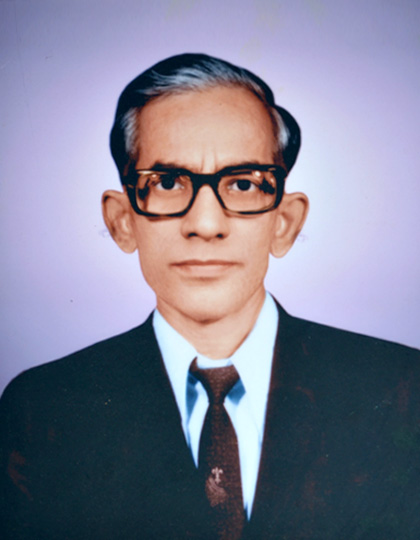
Dr. Anna Oommen obtained her Ph.D from the Christian Medical College, Vellore in 1979. She was a post doctoral fellow in structural biology at the Biozentrum, University of Basel for 2 years before joining the Faculty of the Department in 1983. Her research interests include membrane biochemistry, the cholinesterases and CNS infections.
Approximately two thousand seven hundred diagnostic tests were carried out in the Clinical Neurochemistry section covering serum / urine amino acids and homocysteine (HPLC), urinary organic acids (Gas Chromatography), urinary orotic acid, serum antibodies for cysticercus antibodies, muscle immunoblots for dysferlin / calpain, oligoclonal banding, blood /urine arylsulphatase A & B, and hexosaminidase A & B and urinary mucopolysaccharides. During 2011 serum biotinidase was introduced as a diagnostic test.

NEUROPHYSIOLOGY
Dr. Marcus Devanandan established the Neurophysiology Laboratory in 1975. The main focus here has been the structure and function of the primate and human hand. Applying anatomical and physiological techniques, especially with tracers such as horseradish peroxidase (transynaptic labeling of cells) and fluorescent dyes, the sensori-motor system has been studied at the peripheral, spinal and cerebral cortical levels to understand the organization of the hand. He suggested that the lumbrical muscle has a major sensory role in proprioception. Work on innervations of finger joints is cited in Gray's Anatomy.
OFFICE STAFFS
NEUROSURGERY UNIT I
MRS. REVATHY - Secretary
Ph.No: 0416-228 3031
Email Id: neurosurgery1@cmcvellore.ac.in
MR. VISWANATHAN - Secretary
Ph.No: 0416-228 2767
Email Id: neurosurgery2@cmcvellore.ac.in
MRS. KODHAINAYAGI - Secretary
Ph.No: 0416-228 2018
Email Id: neurology@cmcvellore.ac.in
MR. VASUDEVAN - Secretary
Ph.No: 0416-228 3032
Email Id: neuro@cmcvellore.ac.in
MRS. INDIRA - Clerk-Typist
Ph.No: 0416-228 2767
MR. VIJAYAKAMAR - Left side
MR. GOVINDARAJ - Right side
NEURO LIBRARY
The Department boasts of an excellent Departmental Library with a large number of books and journals both current and old issues. The residents have access to the Internet free of cost during working hours. The residents also have access to computers of the Departmental LAN, which they can use to prepare articles, talks and create databases. In our library there are 2117 - Journals, 1156 - Books, 26 - International Journals, 1 - National Journals.
![]()
![]() HISTORY OF THE DEPARTMENT
HISTORY OF THE DEPARTMENT ![]()
![]()

